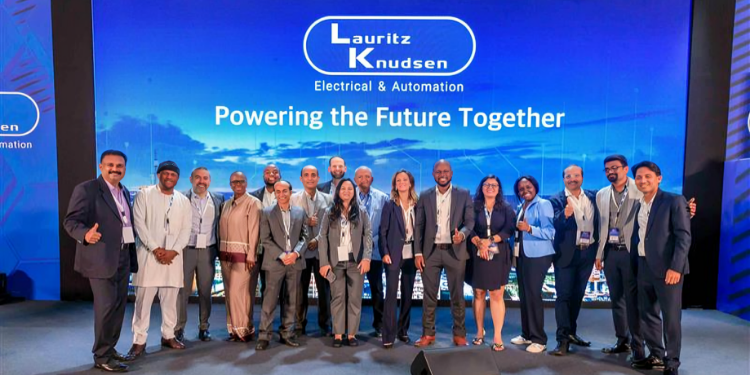Written by: Faith Jemosop
Botswana wants to diversify its mining industry. The headlines say the country is looking beyond diamonds into copper, nickel, coal, and rare earths. Global investors are circling. Feasibility studies are underway. The government is reviewing policies. It all sounds like progress.
But here’s the truth: Botswana is still dangerously dependent on diamonds. And unless it fixes that, everything else is just smoke and mirrors.
Tonight, on The Fine Print, we ask:
Is Botswana really diversifying? Or is it just window dressing while the diamond market bleeds?
Let’s start with the basics.
Botswana’s economy is built on diamonds. The glittering stones account for more than two-thirds of export revenue. When the diamond market slows, Botswana slows with it. And right now, the market isn’t just slowing, it’s stalling.
Global diamond sales are depressed. Lab-grown stones are flooding the market. Consumer demand is shrinking, especially among millennials. Botswana is already feeling the heat. Mines are under pressure. Revenues are down. Jobs are at risk.
So, what’s the government doing?
Talking diversification.
Copper. Nickel. Coal. Critical minerals. All buzzwords you’ve heard before. Industry executives say there’s promise. That global mining giants are exploring. That base metals are Botswana’s future.
But that future depends on two things: infrastructure and investment.
Let’s talk about infrastructure.
Most of Botswana’s mining output moves by rail. But the railway network is crumbling. Roads are underdeveloped. Electricity is unreliable. Internet connectivity in remote areas is patchy at best. You can’t build a 21st-century mining industry on 20th-century infrastructure.
And what about new projects?
The Trans-Kalahari railway, a 1,500 km line to Namibia’s Walvis Bay port has been on the table for years. So has the Mmamabula–Lephalale line into South Africa. Both are still “in development.” Delays mean dollars lost. Investors aren’t impressed by promises. They want results.
Now let’s look at investment.
Yes, Botswana is trying. It launched an online cadastre to make licensing easier. It reviewed its minerals policy. It even tweaked its tax regime to attract more developers.
But here’s the problem: Policy isn’t enough.
Also read:
How the Sahara Desert Can Fuel Solar Energy in Africa
You need power. You need roads. You need a functioning value chain. Right now, Botswana lacks all three.
And even if the new projects come online, copper, nickel, and rare earths they’re not enough to replace diamonds. At least not in the short term. And definitely not at the same scale.
Here’s what nobody wants to say out loud: The diamond crash is Botswana’s real crisis. Diversification is a long game. But Botswana needs a short-term rescue plan. And that means reforming the diamond industry not pretending it’s already been replaced.
So what should Botswana do?
First, get real about diamonds. Stop pretending they’re eternal. The market is changing. Botswana must renegotiate better terms with global buyers like De Beers. It must explore direct marketing channels. And it must invest in polishing and cutting, not just mining. Keep more value in-country.
Second, fix the infrastructure. No serious investor will pour billions into mining copper or coal if there’s no way to move it to market. The railway system needs urgent overhaul. Electricity must be stable and affordable. The digital backbone must reach every mine.
Also read:
How an EV Company Is Bringing Light and Hope to an Entire Village
Third, walk the talk on beneficiation. Don’t just dig and ship. Process minerals locally. Create jobs. Build refineries. Build smelters. Build a local economy that doesn’t end at the mine gate.
Finally, stop hiding behind policy.
Botswana has good laws. But laws mean nothing without execution. The Ministry of Minerals must become a powerhouse not just a paperwork department.
Here’s the bottom line.
You can’t diversify from diamonds with press releases. You need a plan. You need capital. You need roads. You need courage.
Until then, every talk of a mining revolution in Botswana is just that talk.















